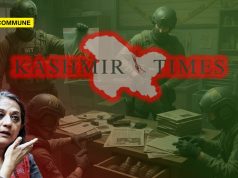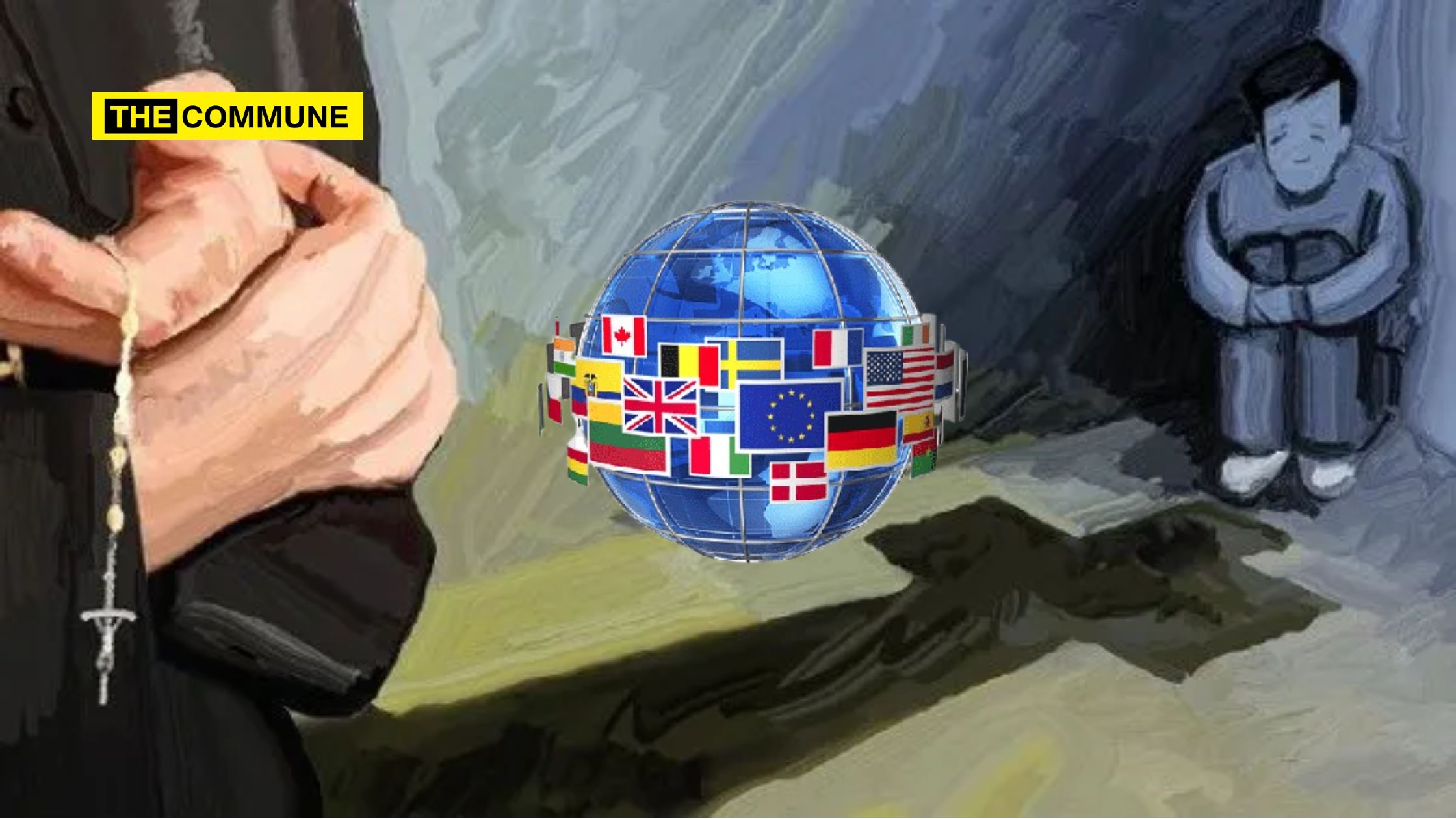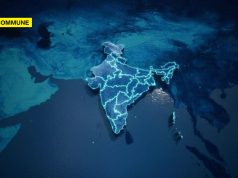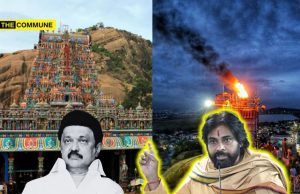
Image credit: twitter.com/@gpshots1
Tales Of The Past: The Odisha Saga – Sibashis Mahapatra – Notion Press – 136 pages (Paperback) / 62 pages (Kindle version)
There are several gaps in Indian history-writing and the history of medieval Odisha is one such obvious lacuna that is present in how we modern Indians view our history. Not many of us are aware of how the erstwhile kingdoms of the medieval era that ruled over the region of modern-day Odisha fought against the forces of the Delhi Sultans and the Mughals. Many today do not know of the valour and sacrifices made by successive kings and generals in Odisha to keep the invaders at bay.
When the northern parts of India were besieged by innumerable foes from the outside, Odisha was that rare land which managed to preserve its culture and civilizational heritage. In the days when one Hindu kingdom after another were hammered by the Muslim hordes, it was no mean feat that the Hindu kings of Odisha were able to repel them. While it is but natural that the Muslim historians and chroniclers would make little reference to the Odia kings who defeated them (so as to not shed light on the failures of their patrons), why are history books in modern India making the same folly by relegating this glorious period in the history of Odisha to the footnotes?
This book is thus a meaningful step in the right direction to shine the spotlight on this unknown chapter of Odisha’s history.
In this collection of essays, Sibashis Mahapatra takes us through the lives of lesser-known historical figures of medieval Odisha and the significant events that moulded the land and its culture.
The author explores – in a simple, easy-to-read and brief fashion – the historical events that shaped medieval Odisha (and in turn, modern Odisha) and presents the reader with a hitherto understated and largely unknown aspect of Indian history.
The book takes the reader on a fascinating journey across Odisha’s vast historical landscape.
The reader is told, among other Odia rulers, about the forgotten king Devendravarman of the Ganga dynasty.
The book informs the reader about the short but eventful reign of Anantavarman Chodaganga, including the construction of the massive temple at Puri during his rule and how he dedicated his kingdom to God Jagannath, thereafter ruling the kingdom only as the deity’s representative or steward, a practice which was followed by his successors up until India’s independence.
The book also gives the readers a window into the wars between the Chola emperors of the Tamil lands in the south and their neighbours to the north, the kings of Kalinga.
Another chapter in the book tells the reader about the bravery of Langula Narasimha Deva, how he defeated the Muslim hordes attacking his kingdom and how Narasimha Deva constructed the world-famous Konark temple to commemorate his victories.
The book also speaks of Raja Jainarayan’s attempts at exacting revenge for the loss of a kingdom and Raja Trilochanadeva’s resistance against the famed Maratha armies.
The penultimate chapter of the book weaves together a personal travelogue to two decrepit temples on the outskirts of Bhubhaneshwar along with the history of the Brahmin generals who built them. The sorry state in which these two temples find themselves in today, is in sharp and jarring contrast with the might of the fearless generals and the victories won by them in the days of yore.
In the final chapter, the author even tries his hand at historical fiction with a short story set in the era of the illustrious emperor Gajapati Kapilendra Deva.
Reading the book makes it clear that the topic of Odisha’s history is close to the author’s heart – making this collection of essays a labour of love.
At the end of the book, Sibashis Mahapatra also meticulously lists a bibliography, just in case the reader wanted to acquaint himself a bit more with these forgotten chapters of Indian history.
The book is only 136 pages long (the Kindle version is just 62 pages) – and can be finished within a couple of hours. So, in this regard, if I were asked to highlight a drawback in this book, it would be that it is a tad too short. Including more details about the colourful lives led by the conquerors Nissanka Malla and Kalinga Magha, in the larger backdrop of the politics & war between the kingdoms of Kalinga and Lanka, would have been a nice addition to this amazing book.
All that an average Indian knows about Odisha’s history is the Mauryan emperor Ashoka’s invasion of Kalinga. The rest of the 2,000 years (and more) of Odisha’s history is virtually unknown. So, this book is indeed a commendable effort in highlighting those portions of Odisha’s history (and consequently the history of India) which have so far not found their way into the popular narratives or discourses surrounding Indian history-writing.
All in all, the book is a short survey into the history of medieval Odisha, making it a worthwhile read for both the young and the old who are interested in knowing the forgotten history of our ancient nation.
You can buy the book from Amazon, Flipkart or from the Notion Press website.
Subscribe to our channels on Telegram, WhatsApp, and Instagram and get the best stories of the day delivered to you personally.




